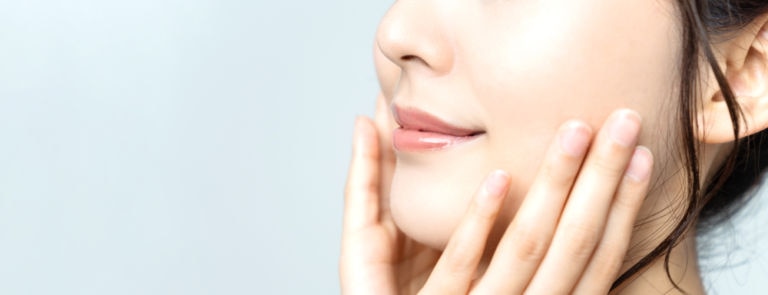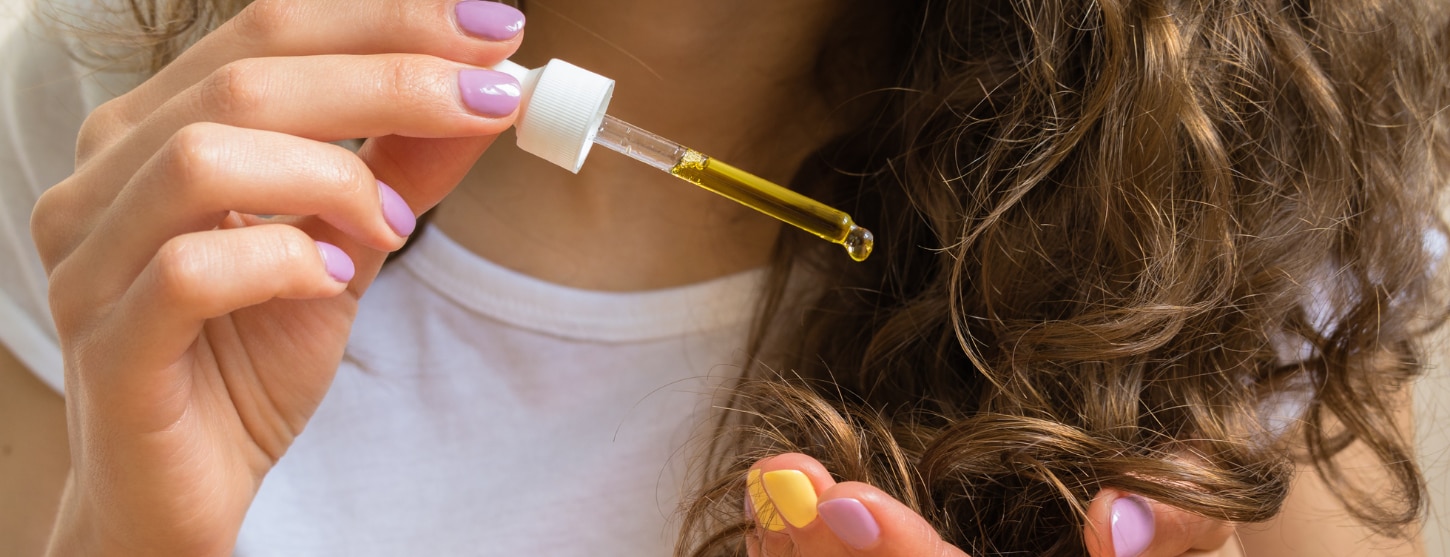20% off €35
Code:EASTER
Is dermaplaning good or bad for the skin?

Dermaplaning, dermablading or skin planing is a facial treatment that involves sweeping a small blade across the skin - but are there any benefits? Find out if it's good or bad for your skin.
Trends come and go, but sometimes a new innovation will be more than just a passing fad.
Dermaplaning is currently taking the beauty world by storm, but is it just a passing phase or is it here to stay?
Dermaplaning is sometimes known as dermablading or skin planing as it is a facial treatment which involves sweeping a small blade across the skin.
So, is this a treatment worth booking, or is it as scary as it sounds?
What is dermaplaning?
Our skin is a constantly evolving thing, with each of its skin cells replacing themselves every few weeks. As the new cells grow, the old ones die and are shed from the surface of the skin. In reality, this does not always happen, and the dead cells can linger on the skin for much longer than they are supposed to. This can leave the skin looking dull as the new cells cannot shine through, and the dead cells can make the skin look uneven or possibly flaky.The dermaplaning treatment is a skin treatment designed to help with this process.
It uses a small, delicate blade, similar in appearance to a scalpel, which is held at a 45-degree angle.1
As the skin is held taut, the blade is gently moved down the face in small, short strokes.
This helps to remove the dead skin cells, downy hair and any other debris that might be sitting on your skin.
The treatment is followed by a moisturiser or serum to help boost the natural glow that you should now be experiencing.
This is because the skin is now clear, and those new skin cells are on full display.
Will dermaplaning leave me with stubble?
One of the main concerns that people have about dermaplaning treatments centres around the removal of hair from the face. There is an understandable fear that starting this process will make the hair grow back thicker, darker and sharper. Whilst this might be the case on other areas of the body, and even the face, it is not something that happens after a dermaplaning treatment. The reason for this is because of the type of hair that is dermaplaned.Dermaplaning is not designed to take hair off your top lip or reshape your eyebrows.
Instead, it removes what is known as the vellus hair from around the side of the face.
If you look in the mirror around your jaw line and under your ears, you will see soft, fine, downy hair that looks very different to the hair elsewhere on your face.
This is the vellus hair that a dermablading facial targets, which is often described as peach fuzz, and it grows back as it appeared in the first place, so you have no worries about it suddenly looking like a five o’clock shadow.2
What are the benefits of dermaplaning?
As dermaplaning removes the build up of debris on the skin, it allows the fresh glow of new skin to shine through. This can help you to look younger and your skin will appear to be rejuvenated, so you will not feel the need to reach for the make-up brush quite so often. If you do put your foundation on, you will find that a dermaplane facial can make all the difference. By removing the dead skin cells and vellus hair, you will find your skin is smoother and more even, meaning you have the ultimate base for your make-up. Your foundation will glide on easily and will look flawless.Can you dermaplane at home?
Whilst this is largely a professional treatment, it is possible to dermaplane at home if you are very careful. Our article on How to dermaplane at home takes you through a step by step guide on how to do this for yourself safely and effectively. You should not attempt this without researching it thoroughly and being sure that you know what you are doing, as you run the risk of tearing the skin if you use the wrong blade or hold it incorrectly. Dermaplaning is an amazing treatment that helps to support the natural processes of the skin, although it is not recommended for those of a sensitive disposition, or those that experience acne or rosacea as it could add to the irritation.We recommend you consult with a professional who is experienced in this form of skin treatment if you are still unsure whether dermaplaning is suited to your skin type.



